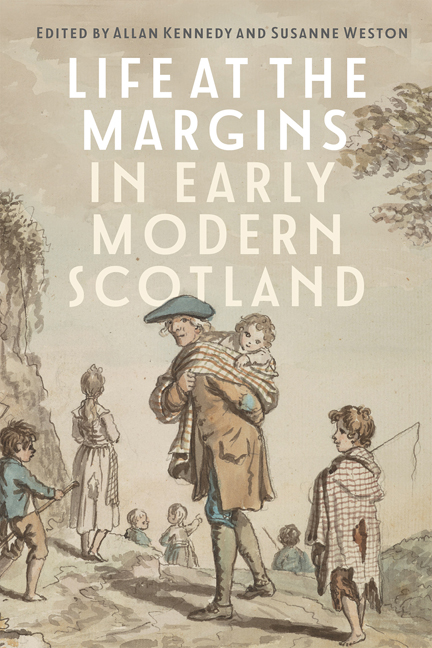5 - Enslaved and Formerly Enslaved Young People in Eighteenth- and Nineteenth-Century Scotland
Published online by Cambridge University Press: 08 May 2024
Summary
Enslaved and free people of colour lived in Scotland during the early modern period. The enslaved in Scotland were put to work, sold as property, and, in some cases, fled from their enslavers. Children born in the Americas to Scottish fathers – some born enslaved and then manumitted, others born free – were sent to Scotland for education or work purposes. They occupied the same spaces as the people with whom they lived, learned, and laboured. Their wider community would have been aware of their existence. Yet, as Dolly MacKinnon has argued in her work on enslaved children, they have been a ‘visible yet invisible presence’ in Scotland. Until recently, Scots forgot, ignored, or disavowed the historic presence of enslaved and free people of colour in Scottish society. Historians have begun to reverse that process by paying closer attention to enslaved and free people's lives in Scotland. New evidence about these people continues to emerge through individual case studies and larger repositories of information like the Runaway Slaves in Britain database. These studies highlight the historic Black presence in Scotland. Early modern Scottish society was not racially homogenous. Centring this idea provides a basis for a more diverse and nuanced account of Scottish history.
This chapter contributes to this growing historiography by examining enslaved and formerly enslaved young people in eighteenth- and early nineteenth-century Scotland. It reconstructs aspects of the lives of these young people through adverts in the Runaway Slaves database and hitherto under-examined archival material. The second half of the chapter details the early life of James Innes, a formerly enslaved child who spent time in Jamaica and Shetland. A determination to ‘give voice’ to the marginalised has spurred attempts to produce histories of childhood. The interaction of age, race, gender, class, or sexual orientation can compound a young person's social marginality. The youths this chapter discusses were marginal because of their age, race, and enslaved or formerly enslaved status. This acute marginalisation provides the rationale for examining this cohort.
However, examining the history of the marginalised through a study of children and young people has its limits. A dilemma inherent to the history of childhood is the relative dearth of source material produced by children. A further issue is whether historians can ascribe to children the agency possessed by adults. Sara Maza has noted that individual children have exerted their desire for autonomy throughout history.
- Type
- Chapter
- Information
- Life at the Margins in Early Modern Scotland , pp. 79 - 94Publisher: Boydell & BrewerPrint publication year: 2024



